The Hidden Stories Behind Patsy Cline’s Iconic Songs
Patsy Cline, a name synonymous with country music greatness, left an indelible mark on the world of music with her soulful voice and emotive storytelling. Her songs continue to resonate with audiences, transcending the boundaries of time and genre.
Let’s take a journey through the legendary singer’s musical odyssey and explore the stories behind her most iconic tracks.
The Rise of a Country Legend: Patsy Cline’s Early Years
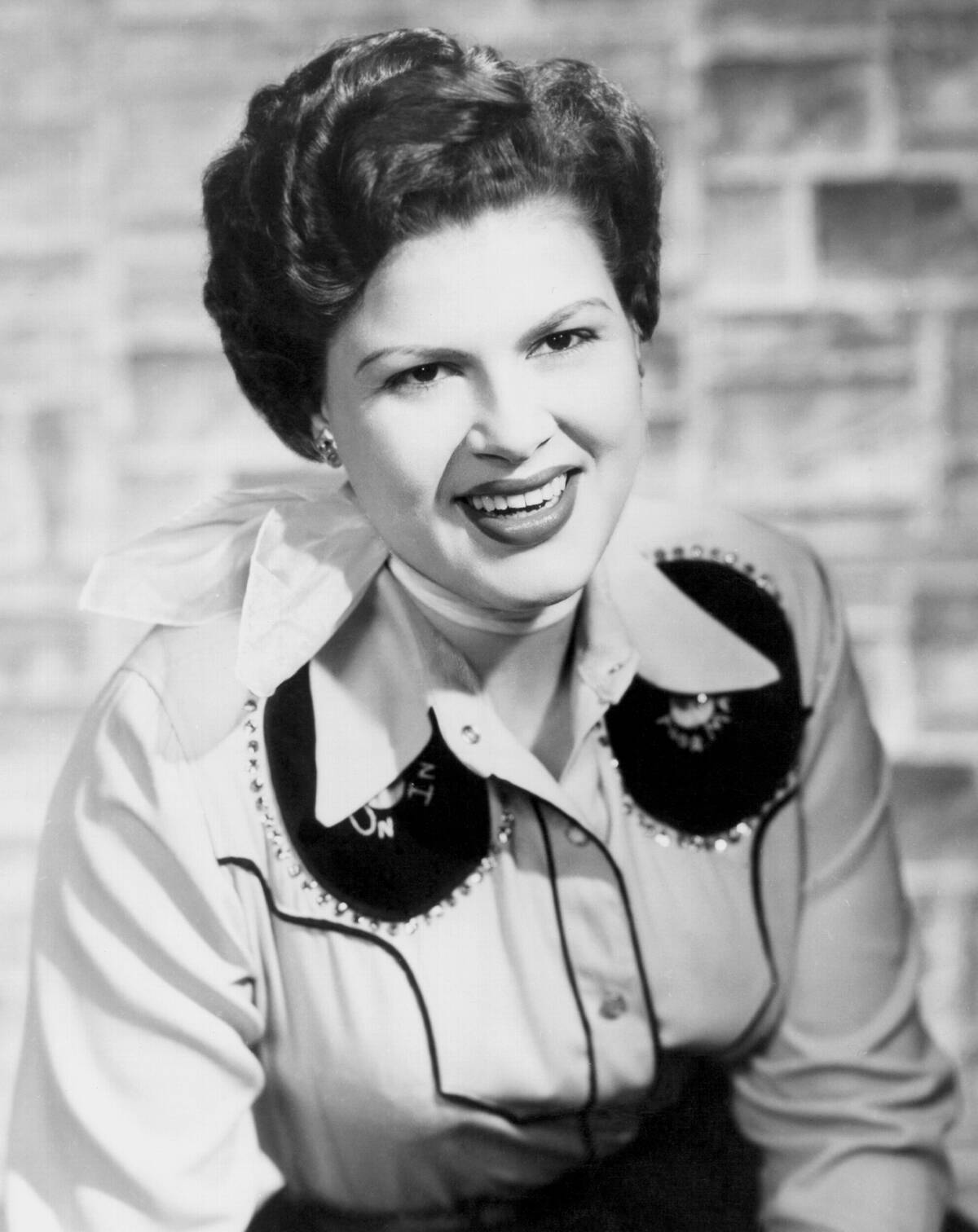
Born Virginia Patterson Hensley, Patsy Cline’s early years were steeped in the vibrant sounds of country music, setting the stage for her rise to stardom. Growing up in Winchester, Virginia, young Patsy was captivated by the radio, soaking up the melodies and rhythms that would one day inspire her own musical career.
Her journey from humble beginnings to country music royalty is a testament to her undeniable talent and determination.
“Walkin’ After Midnight”: A Breakthrough Hit with a Twist
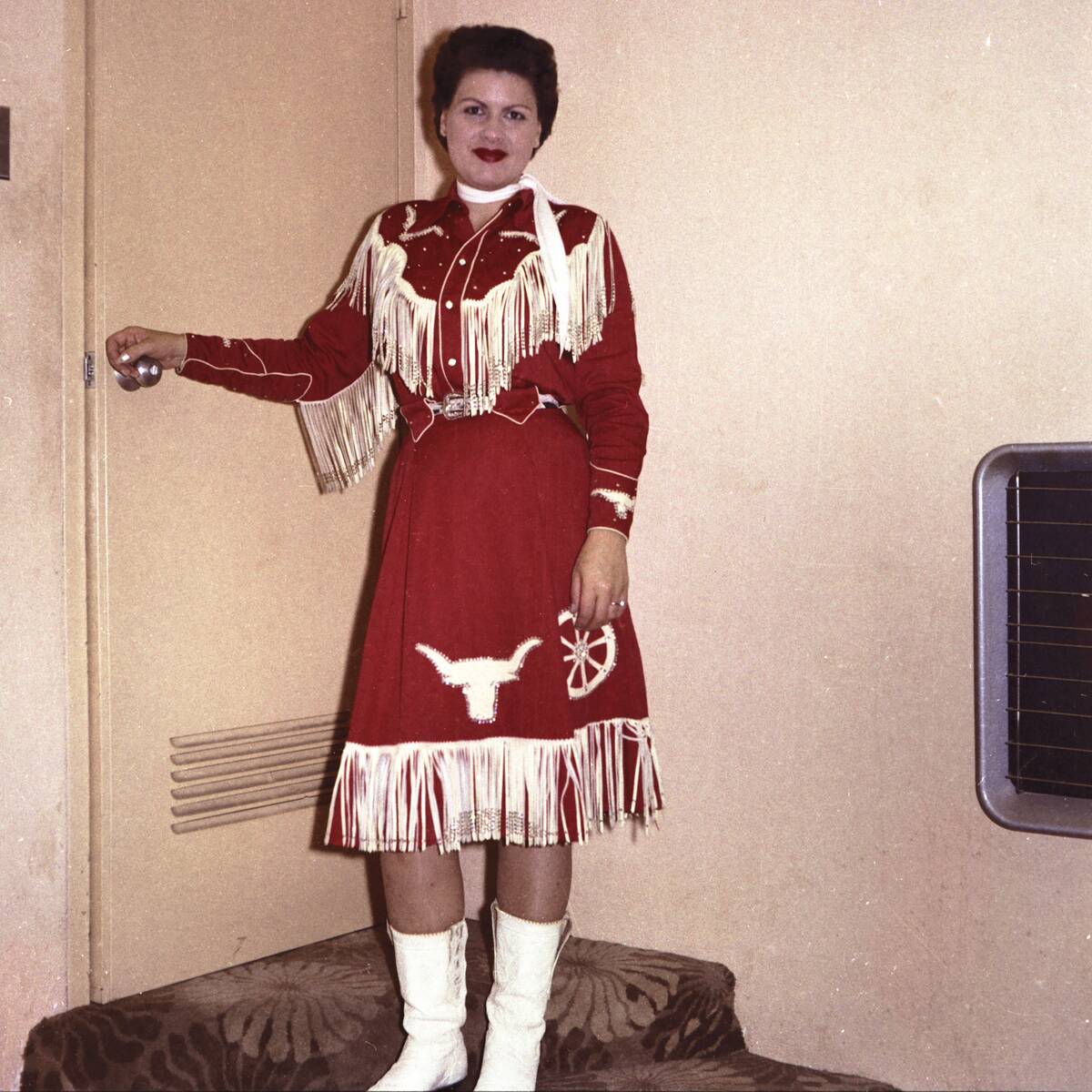
In 1957, Patsy Cline’s career took a significant turn with the release of “Walkin’ After Midnight.” This song became her breakthrough hit, captivating audiences with its catchy tune and Patsy’s unique vocal delivery. Songwriter Don Hecht put everything on the line to get it to her, even pawning his furniture to get a demo tape made.
Interestingly, the song wasn’t initially embraced by Patsy, and she only agreed to record it if she could also put “A Poor Man’s Roses (Or a Rich Man’s Gold)” on the single. Nonetheless, the song’s unexpected success helped solidify her place in the country music scene.
Love and Longing in “I Fall to Pieces”
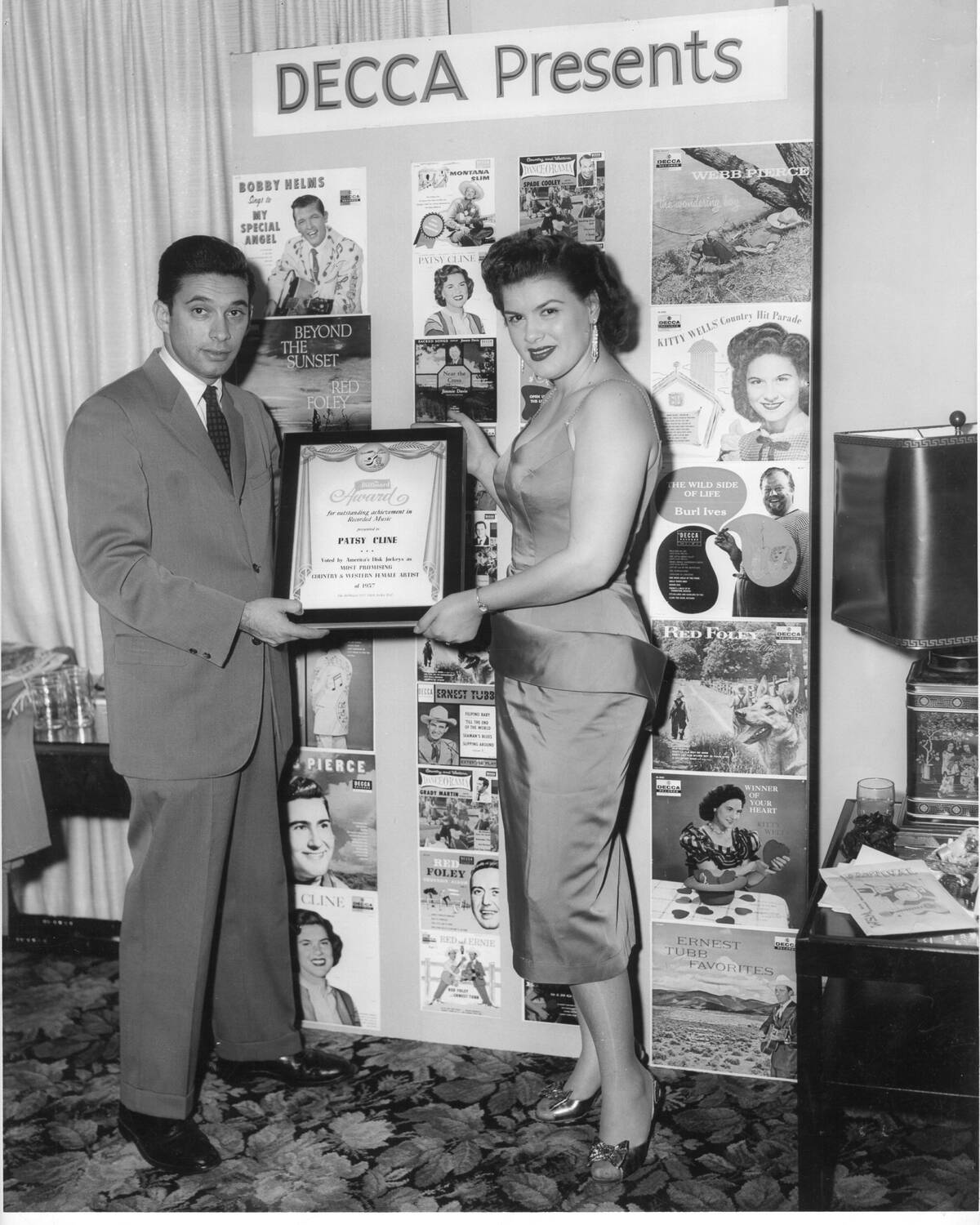
The evocative “I Fall to Pieces” stands as a testament to Patsy Cline’s ability to convey deep emotion through her music. Released in 1961, this song of love and longing struck a chord with listeners, thanks to Patsy’s poignant vocal performance. Her ability to express vulnerability and heartache resonated with fans, making it one of her most enduring hits.
However, it seemed nobody wanted to record it until Patsy overheard producer Owen Bradley failing to convince country singer Roy Drusky to sing it and offered to record it herself. Although she initially didn’t like the instrumentation and pop stylings of the song, her mood changed when she heard the playback.
The Heartfelt Inspiration Behind “Crazy”
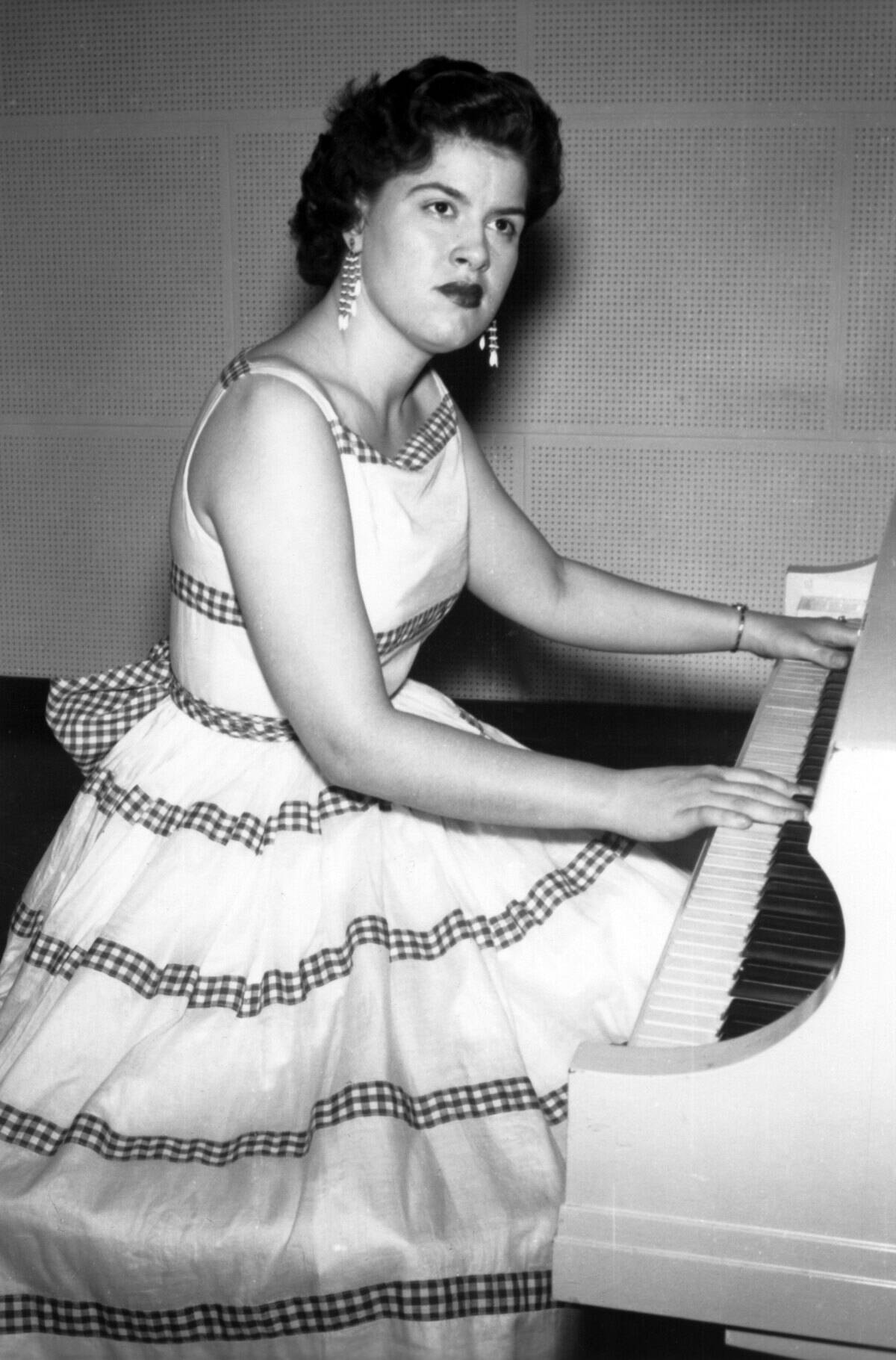
Written by the legendary Willie Nelson, “Crazy” became one of Patsy Cline’s most iconic songs. Released in 1961, the song’s heartfelt lyrics and Patsy’s emotional delivery created a timeless classic. The song’s success not only showcased Patsy’s vocal prowess but also marked a pivotal moment in Nelson’s songwriting career, cementing their places in music history.
However, she initially didn’t want to record it and asked her husband, Charlie Dick, not to bring her any of Nelson’s songs after she disliked his song “Night Life,” not wanting to sing about the loss of love. When songwriter Hank Cochran drove Nelson over and insisted on playing “Crazy” for her, however, Patsy invited Nelson in and worked through her vocal rendition with him.
“She’s Got You”: A Tale of Lost Love and Heartache
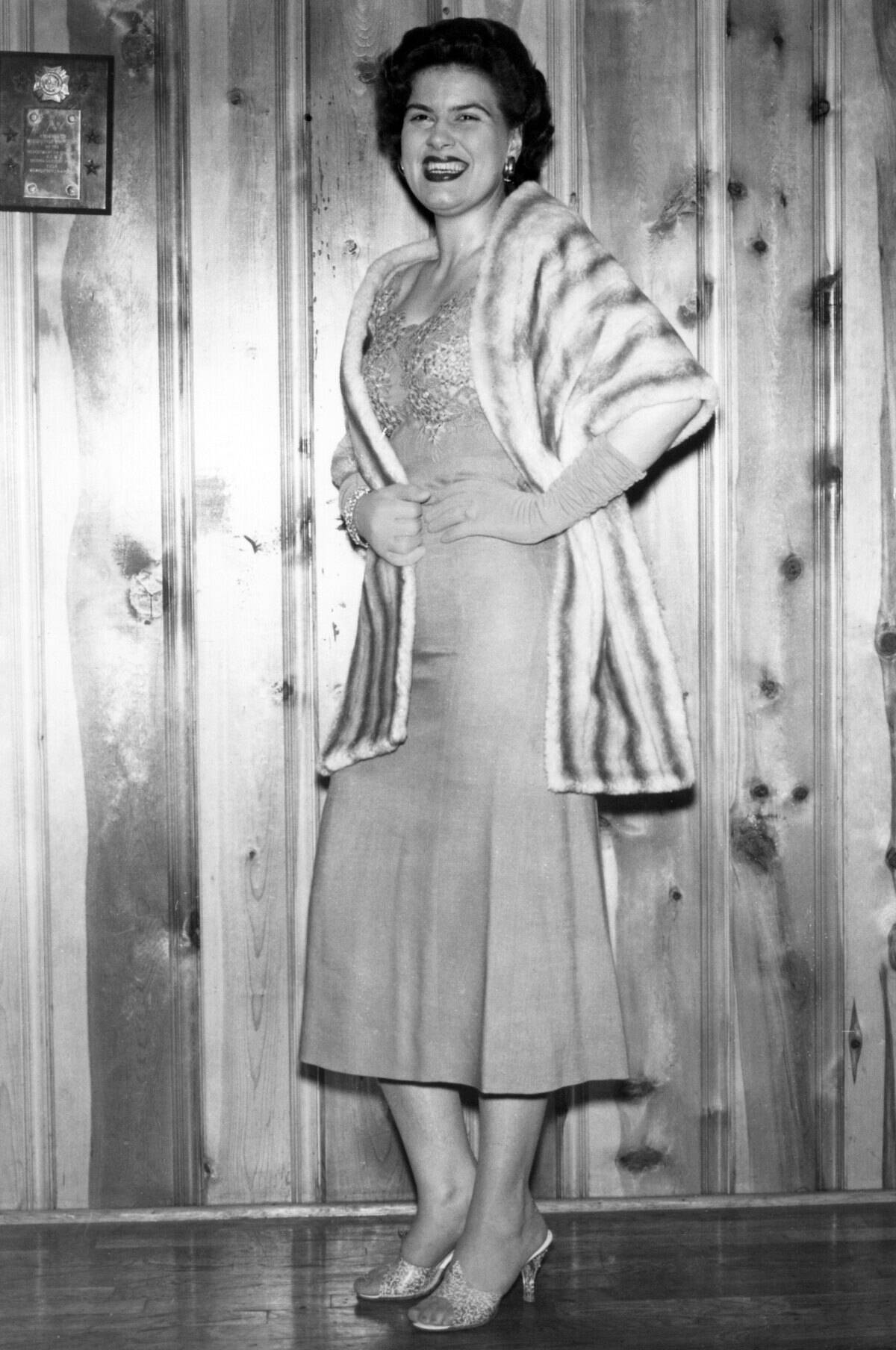
In 1962, “She’s Got You” further showcased Patsy Cline’s ability to convey stories of love and loss with sincerity. This song, with its poignant lyrics and Patsy’s soulful voice, painted a vivid picture of heartache. Her genuine interpretation of the song resonated deeply with listeners, making it another memorable addition to her illustrious catalog.
“She’s Got You” proved to be a clear future hit when Hank Cochran first showed it to Patsy, as she not only loved it from the beginning, but didn’t have to sell producer Owen Bradley on the idea that it was a hit. They often disagreed on such matters, but were unanimous here.
“Sweet Dreams”: A Song of Hope and Reflection
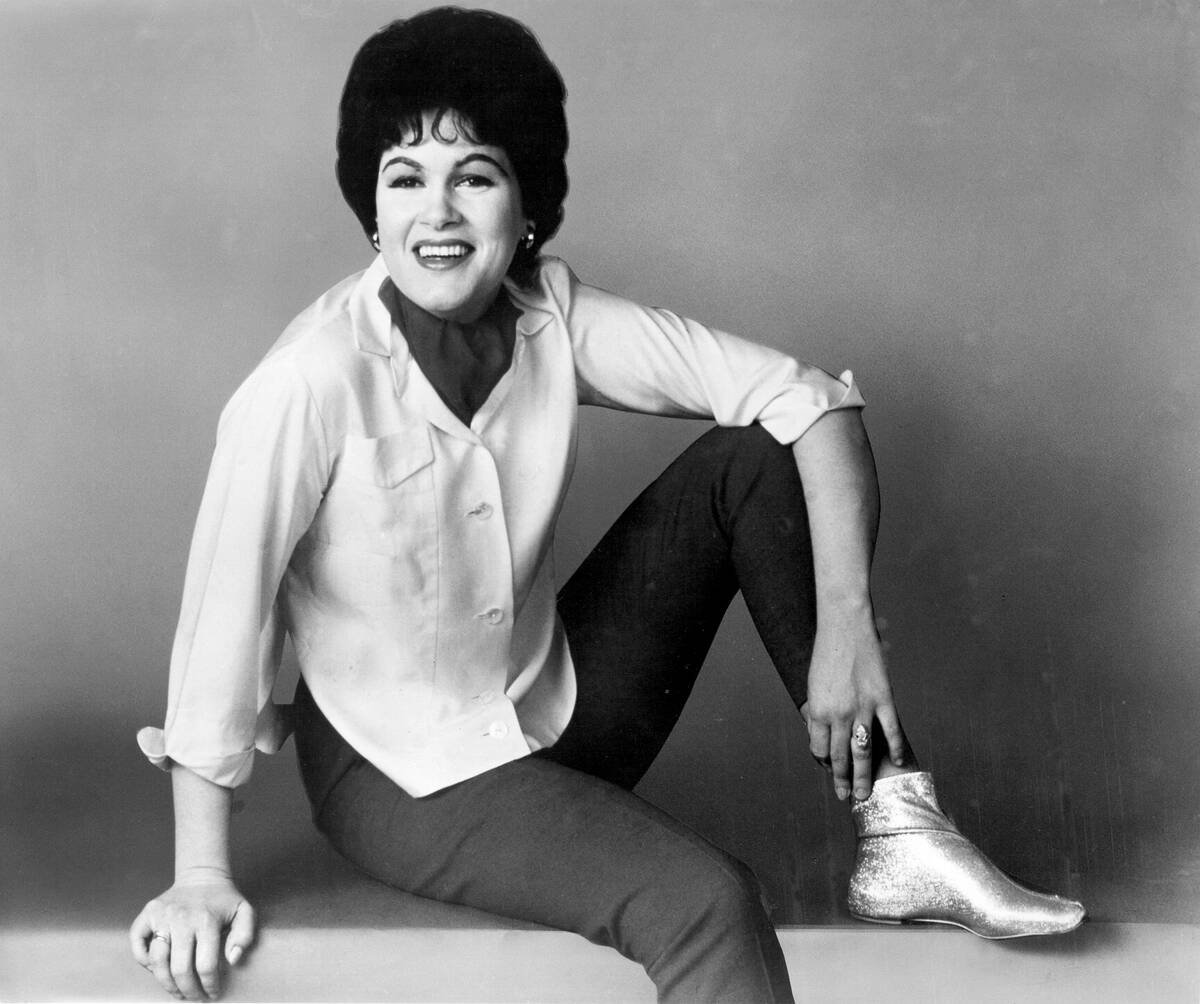
Originally penned by Don Gibson, “Sweet Dreams” found new life in Patsy Cline’s expressive rendition. Released posthumously in 1963, the song carried themes of hope and reflection, showcasing Patsy’s ability to tap into the emotional core of a song. Her version remains a beloved classic, continuing to inspire listeners with its haunting beauty.
Chillingly, Patsy seemed aware that it would be her last recording. Although the album it was supposed to be part of, Faded Love, was never released, Sweet Dreams eventually found its way on the 1968 compilation, Patsy Cline The Last Sessions.
“Faded Love”: Revisiting a Classic Through Patsy’s Lens
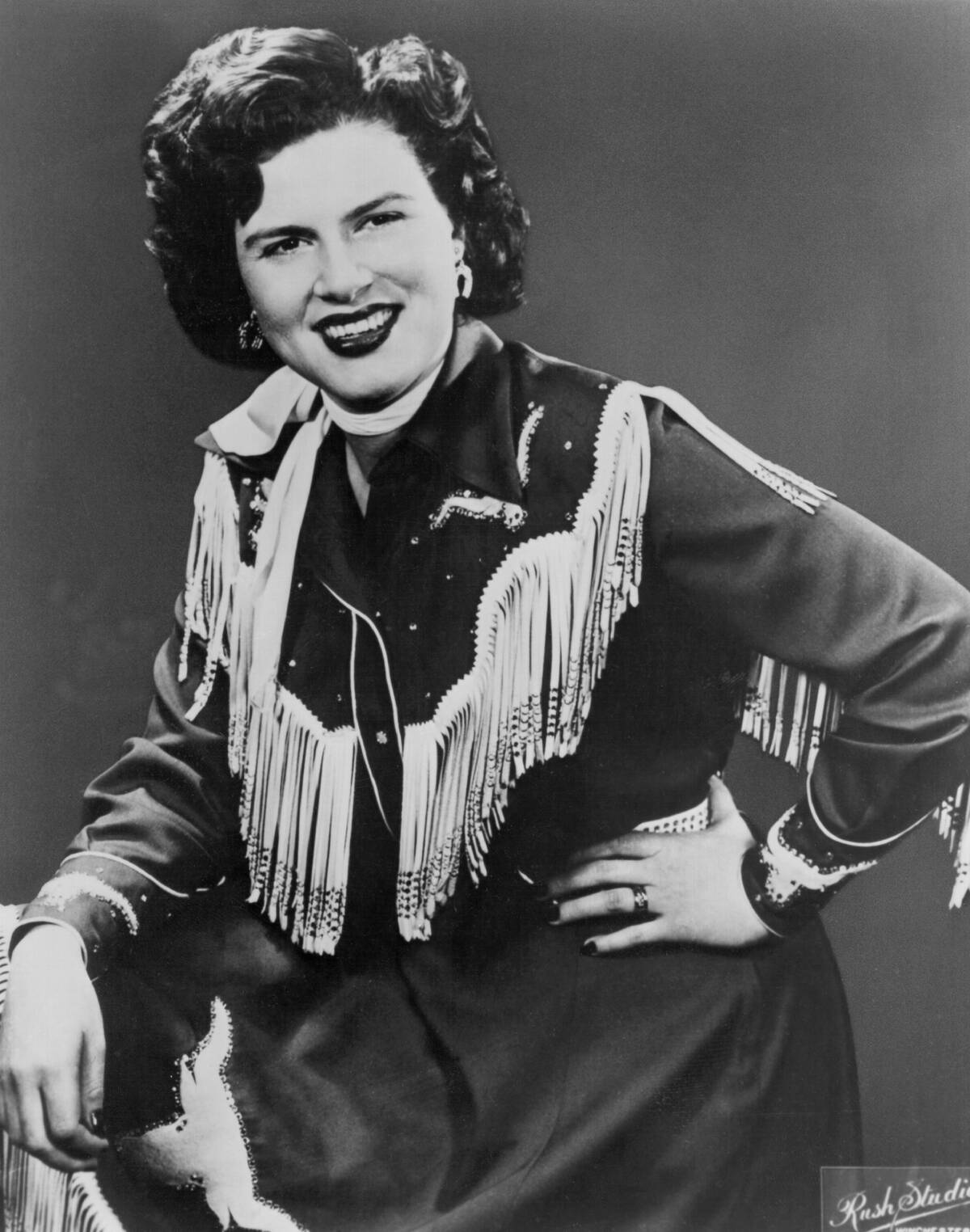
Patsy Cline’s take on “Faded Love” brought a fresh perspective to the classic tune. Her interpretation, filled with emotion and depth, revitalized the song for a new generation of listeners. Patsy’s ability to imbue familiar melodies with her unique style further solidified her status as a transformative force in country music.
Although it was written by the Wills family in 1950, “Faded Love” resonated enough with Patsy that it was supposed to be the title track of an album that was cancelled in the wake of her sudden passing. “Faded Love” eventually saw release on the 1967 compilation, Patsy Cline’s Greatest Hits.
The Emotional Depth of “Back in Baby’s Arms”
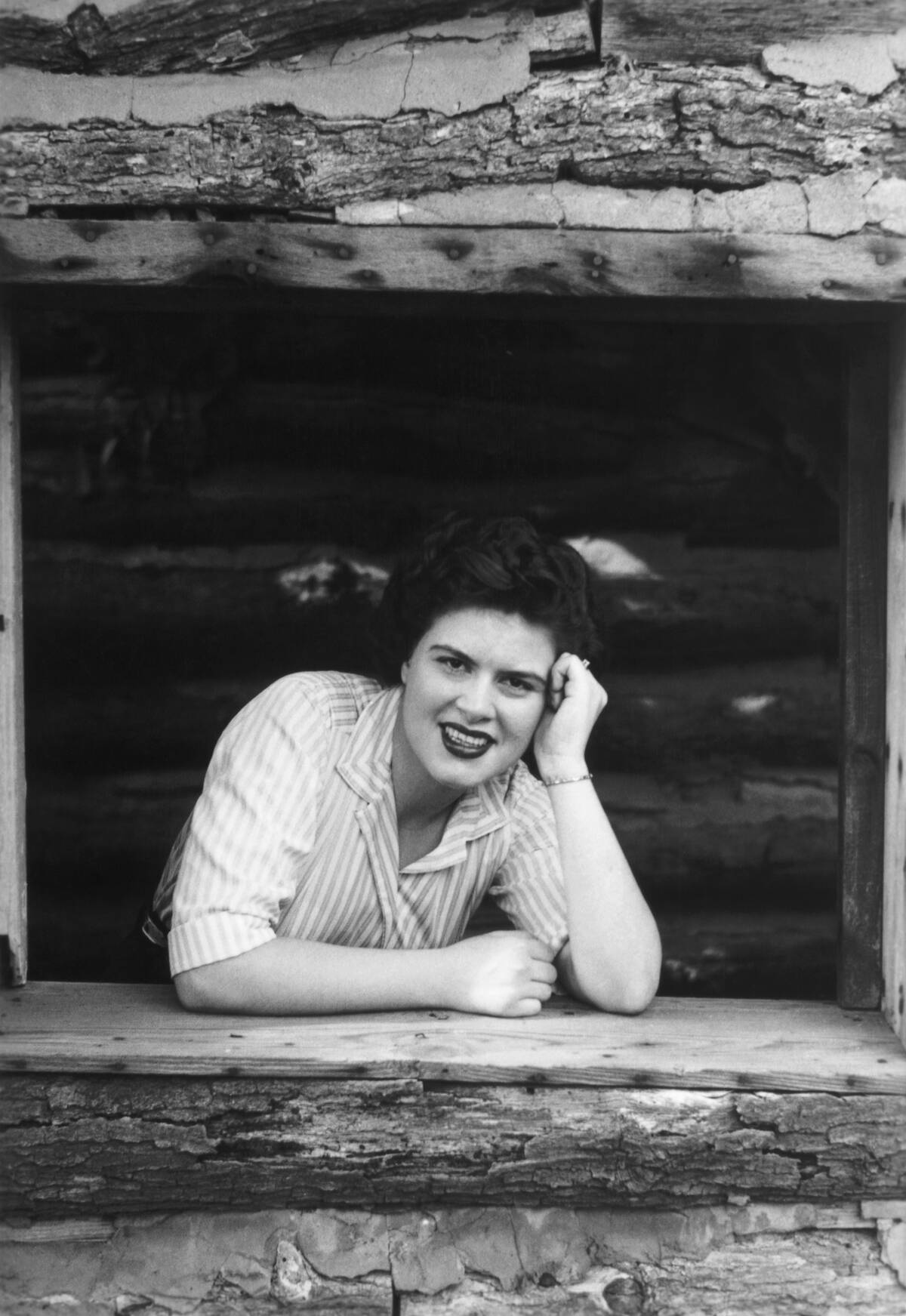
Released in 1963, “Back in Baby’s Arms” showcased Patsy Cline’s remarkable ability to convey emotional depth with her voice. The song’s upbeat tempo and heartfelt lyrics provided a glimpse into the joy and comfort of rekindled love. Patsy’s vibrant performance brought the story to life, leaving a lasting impression on her audience.
Indeed, “Back in Baby’s Arms” would prove such a beloved and enduring hit that country singer Connie Smith ended up basing an entire album around her cover version from 1969.
“Leavin’ on Your Mind”: A Bold Statement of Independence
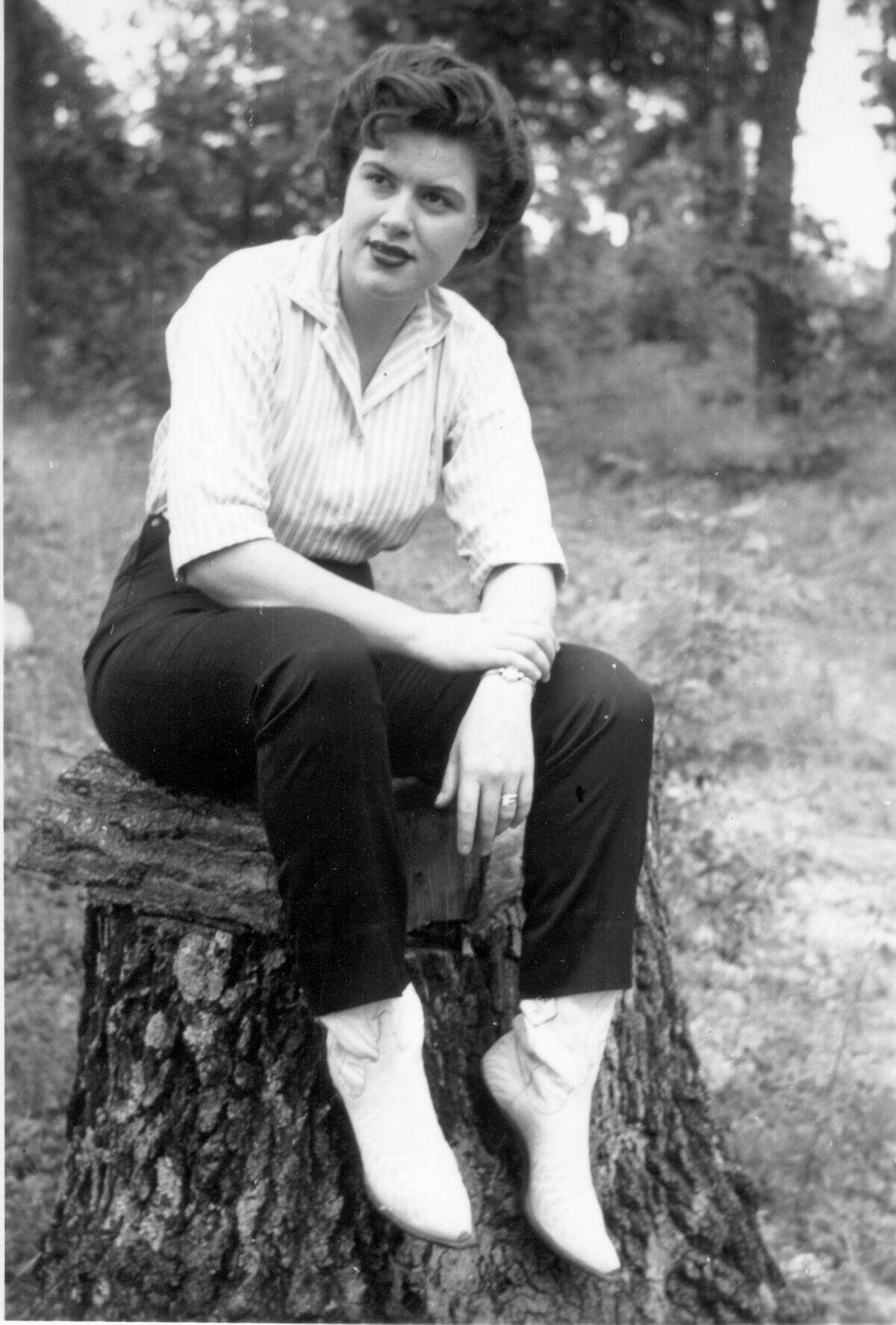
In “Leavin’ on Your Mind,” Patsy Cline delivered a bold statement of independence and self-assurance. Released in 1963, the song’s powerful lyrics and Patsy’s commanding vocal presence captured the essence of a woman ready to take control of her destiny. It remains a testament to her strength and unwavering spirit.
However, producer Owen Bradley initially blocked Patsy from recording, preferring how wait and see how a version by Canadian singer Joyce Smith performed. Once it proved reasonably profitable, Patsy recorded her own version, which became a robust country hit. It would be the last single she released before her fatal plane crash.
“Your Cheatin’ Heart”: The Story Behind the Hank Williams Cover
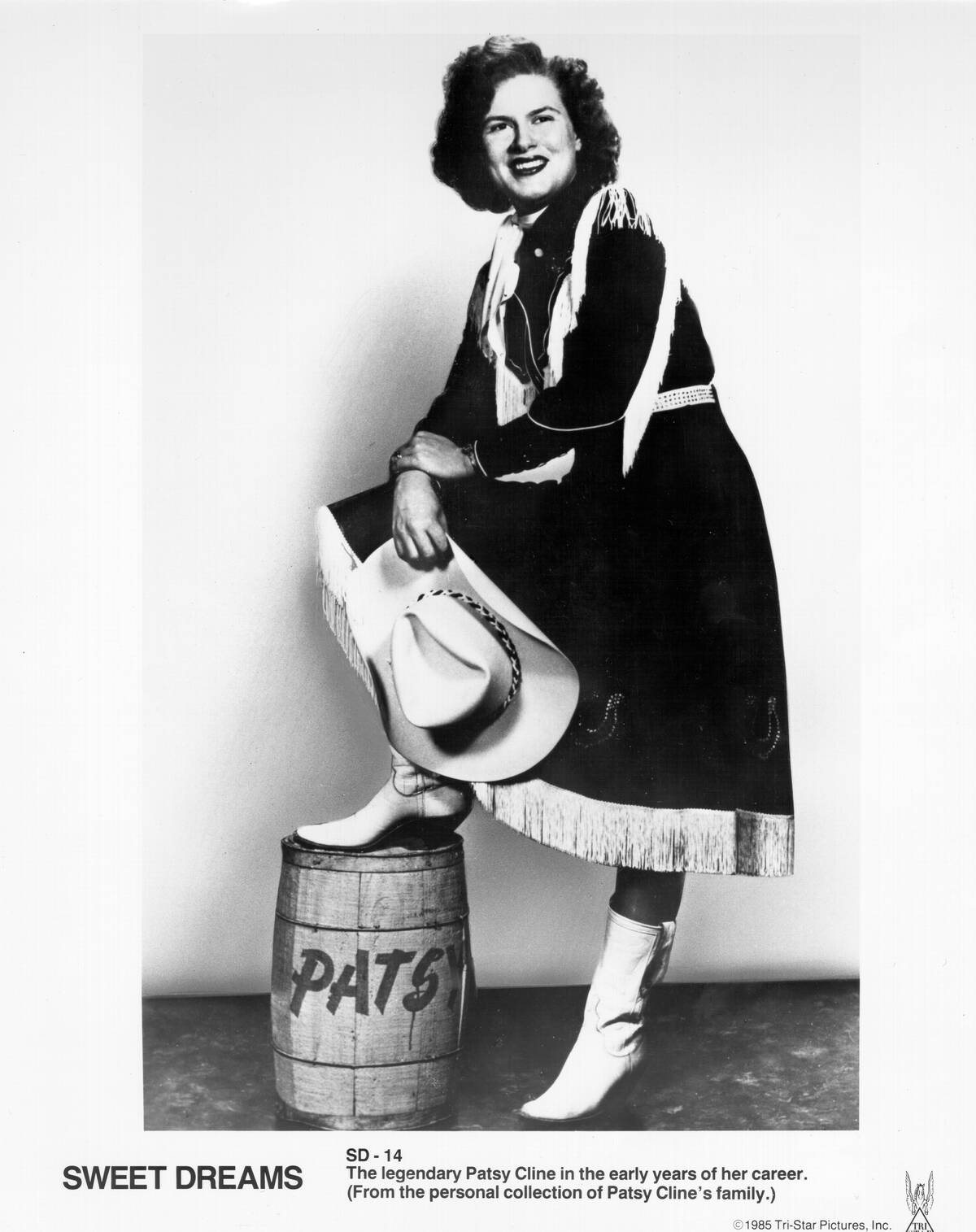
Patsy Cline’s rendition of “Your Cheatin’ Heart,” originally by Hank Williams, added a new dimension to the classic country tale of heartache. Her soulful interpretation introduced the song to a broader audience, showcasing her ability to honor the original while infusing it with her unique style. This cover remains a cherished part of Patsy’s diverse repertoire.
Her version of “Your Cheatin’ Heart” appeared on what would turn out to be Patsy’s final album, Sentimentally
Patsy Cline’s Enduring Influence on Modern Music

Patsy Cline’s influence on modern music is undeniable, with her pioneering spirit inspiring countless artists across genres. Her ability to blend traditional country with pop sensibilities paved the way for future musicians, leaving a legacy that continues to shape the music industry. From her emotive storytelling to her powerful vocals, Patsy’s impact endures through generations.
As we reflect on Patsy Cline’s remarkable career, it’s clear that her music continues to captivate hearts and minds worldwide. Her timeless
songs and emotive performances have cemented her place in history as a
true icon of country music. Patsy’s legacy lives on, reminding us of the
power of music to tell stories and evoke deep emotion.



